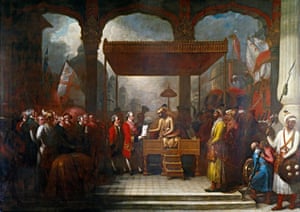Source Link
 A year ago, we had written this with regards to India—US collaboration in Afghanistan:
A year ago, we had written this with regards to India—US collaboration in Afghanistan:
Anand Arni, Pranay Kotasthane
 A year ago, we had written this with regards to India—US collaboration in Afghanistan:
A year ago, we had written this with regards to India—US collaboration in Afghanistan:
The US still remains the most influential geopolitical actor in Afghanistan, but one that is in a mode of consolidation. If India lets go of this chance to act as a bridge between the US and Afghanistan, the US could find its options further constrained. In such a case, India would then have to shoulder more responsibilities in Afghanistan on its own, a situation that India is underprepared for.
Trump’s Afghanistan strategy, announced on August 21, has indicated that the principle of consolidation will not apply to Afghanistan just yet. The new strategy, which stresses on a ‘fight to win’ military effort aimed at ‘killing terrorists’, can open up opportunities for India to act, not only as a bridge between US and Afghanistan, but as a fulcrum on which the Afghan State can be built.
The Context
Trump’s Afghanistan strategy is different from recent American strategies on two counts: one, it makes South Asia a part of its Afghanistan policy and raises the level of direct warnings to Pakistan to an unprecedented presidential level. Two, the policy shifts from relying on the State department, which has traditionally been counseling restraint to the Department of Defense.












/arc-anglerfish-arc2-prod-mco.s3.amazonaws.com/public/QVMHLEFOHVHZXMRKHRZ5QVCFLQ.jpg)

